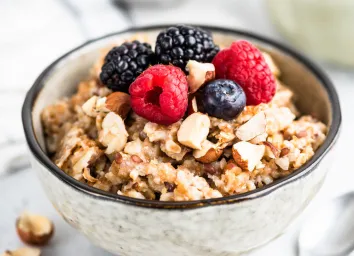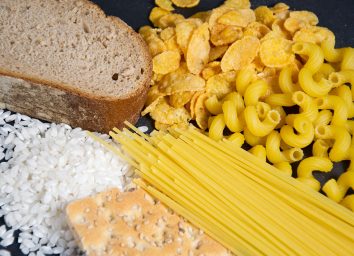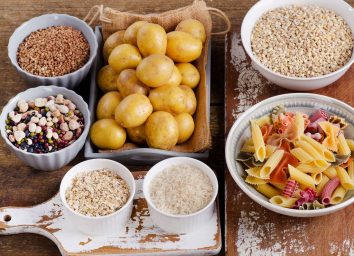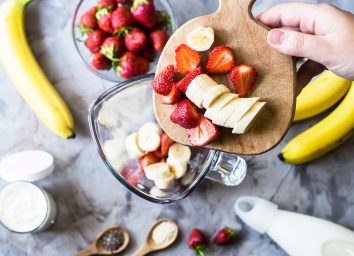What Is Carb Cycling and Should You Try It?
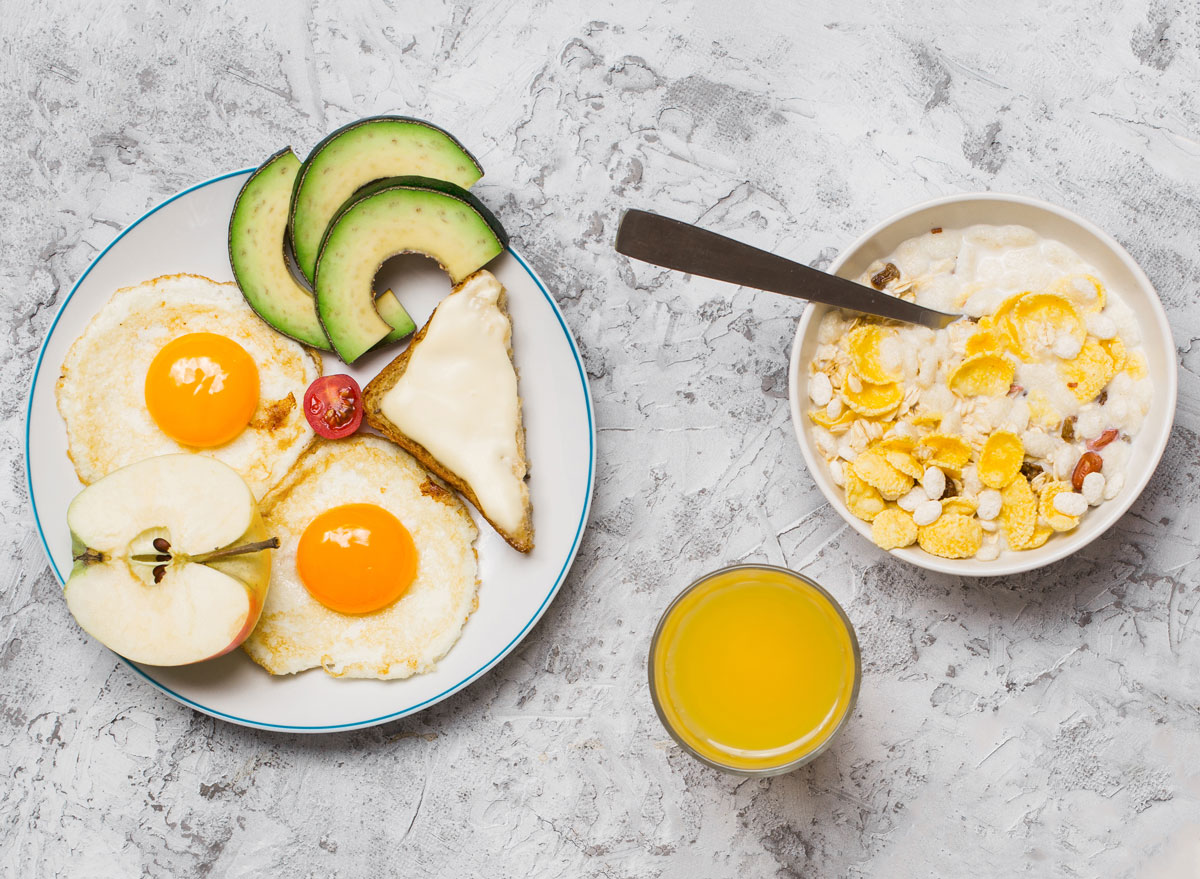
Many of the most recent food trends and diets have centered on limiting carbohydrate consumption. (Think keto, paleo, and Atkins.) Although many people have noticed positive results with this dietary restriction, more often than not, cutting carbs results in a restrictive way of eating that eliminates entire food groups, limits nutrient intake, and is challenging to maintain long term. A more recent diet trend, carb cycling, provides a happier medium solution to the low carb trend.
Here, we’ll discuss what is carb cycling along with its benefits, side effects, and examples of carb cycling meal plans.
What is carb cycling?
Carb cycling is a style of eating that alternates between high and low carb days, based on your workout schedule. For example, you may choose higher carb intake, about 50% of your total calorie intake, on your training days, and a lower carb intake of less than 25% of your total calories from carbs on less active days.
There is nothing new about this concept. For years, athletes seeking sports performance enhancement have been practicing cycling their carb intakes to align with their training schedules. It makes sense, right? Eat more carbs on the days you exercise and have higher carb burn and energy demands, and be more modest with carb intake on low- activity days when you aren’t using many carbs for energy.
Only recently has this style of eating become more popular amongst the general population and used in efforts to reduce body fat and build muscle.
What is an example of a carb cycling schedule?
A common cycle would be 3-4 days of moderate and higher carb intake followed by 2-3 days of lower carb intake.
Day 1 – Aerobic training, Moderate carb
Day 2 – Weight lifting, High carb
Day 3 – Weight lifting, High carb
Day 4 – Aerobic training, Moderate carb
Day 5 – Rest day, Low carb
Day 6 – Rest day, Low carb
Day 7 – Weight training, High carb
What are the benefits of carb cycling?
Compared to a straightforward low carb diet, carb cycling allows for a more maintainable way of eating with fewer restrictions.
When your higher carb days are aligned with exercise, the additional calories from carbohydrates and associated nutrients can aid in more energy and intensity and allow you to get more out of your training.
At this time, there isn’t much research dedicated to carb cycling specifically; however, there is plenty of research indicating a low carb diet can be beneficial for weight loss.
The difference, though, between an ongoing low carb diet and carb cycling would be the chronic state of low carb intake on a fully low carb diet versus the intermittent low carb state in carb cycling. In both scenarios, carbs are restricted to some extent, which can be beneficial for weight loss.
One benefit of carb cycling is that you’re allowed to consume more carbs on training days. If you were following a low-carb diet, you may not consume a sufficient amount of carbs during exercise. We do know the physiological and performance benefits of carb intake for athletes, such as providing a primary energy source during high intensity and endurance activity and delaying the onset of fatigue. For this reason, it’s a benefit that carb cycling allows athletes to consume more carbs on workout days.
What are the side effects of a carb cycling diet?
Because carb cycling still includes some lower carb days, there is still potential to feel lethargic, experience food cravings, and under consume important nutrients, like fiber. However, the flexibility to go back and forth between lower and higher carb days would mitigate most of the downsides associated with lower carb days.
An example of a carb cycling meal plan:
To give you an idea of how to modify your carbohydrate intake day-to-day, based on your training schedule, here are two examples of what a meal plan might look like on a low carb and high carb day during a carb cycling diet.
Low Carb Day Meal Plan
- Breakfast – Omelet including veggies and avocado
- Lunch – Tuna salad on a bed of lettuce for lunch
- Snack – Veggies with hummus or a portion of nuts
- Dinner – Spiralized zucchini with pesto and a grilled chicken breast
High Carb Day Meal Plan
- Breakfast – Oatmeal and berries with a veggie-filled omelet
- Lunch – Add a serving of whole grain crackers to go along with your tuna salad
- Snack – Combine fruit (all fruit is good fruit!) with nuts
- Dinner – Add a carb-based noodle (wheat, rice, and bean-based noodles are all good options) with your zucchini noodle entrée
What to keep in mind while following this diet:
Carb cycling is a style of eating that can provide more flexibility in food options compared to popular low carb diets. It is important to remember the amount of carbs isn’t the only influential component, though.
The quality of carbs, choosing those high in fiber with little processing, in conjunction with adequate produce, lean proteins, and healthy fats will ultimately ensure you are getting a broad spectrum of nutrients and fuel your body well.
